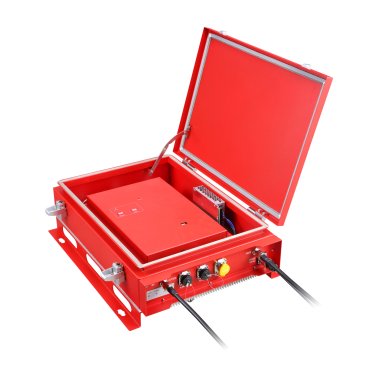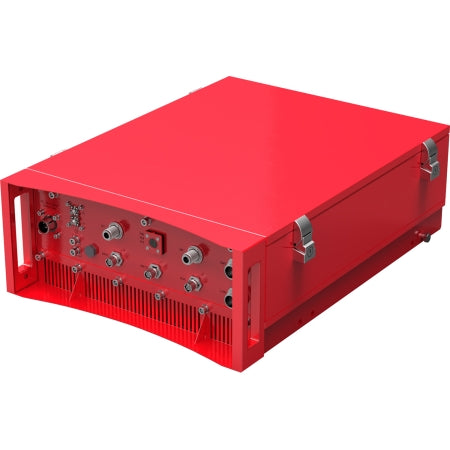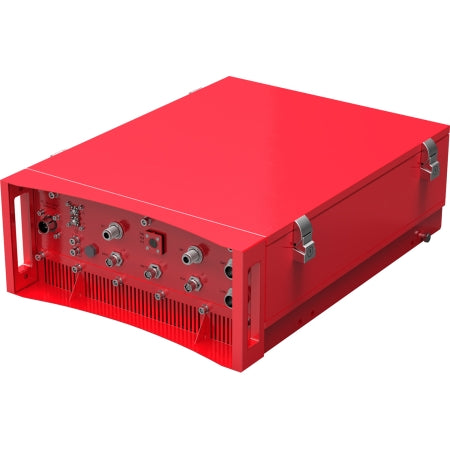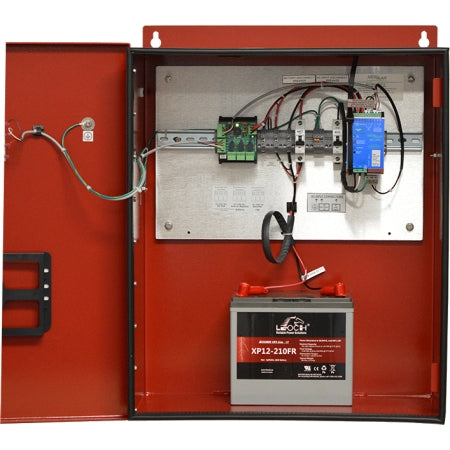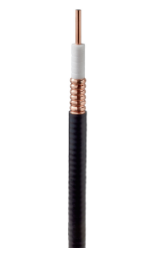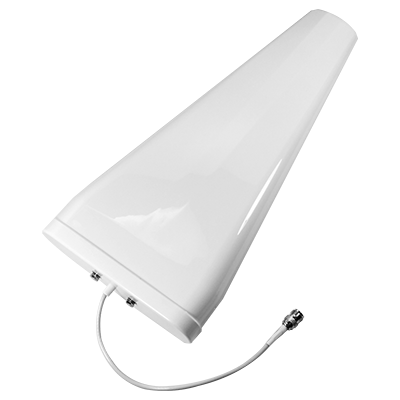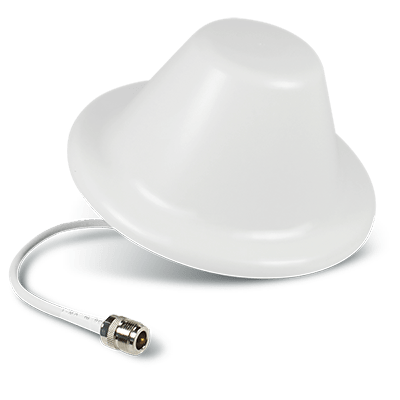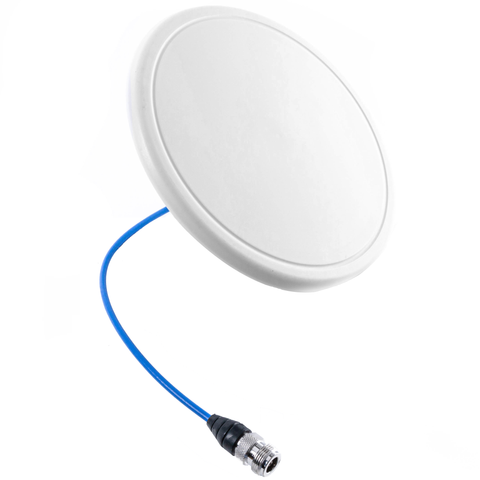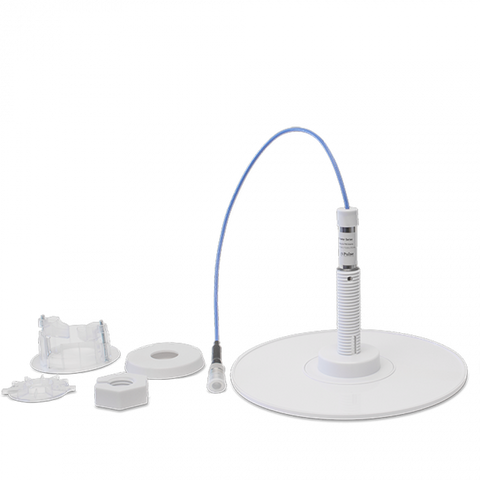Ecomm / Public Safety 911 DAS Systems
Public Safety Radio Amplification System
Supporting the E-Comm Radio Network
In-building Amplification Coverage Solutions
Speak to An Expert - Call Us Today
The Emergency Communication's (E-Comm) radio network provides all emergency service communication for the lower mainland.
Several cities and municipalities have decided that there is a need for certain buildings and structures (as listed within specific by-laws) to be equipped with internal radio amplification systems to ensure the uninterupted operation of the cities First Responders emergency radio communication services. Being able to communicate between emergency response teams, agencies, and jurisdictions, is a vital component in overall success for any First Responder pursuit.
Buildings that are subject to the E-Comm By-laws will now require an E-Comm design to be part of the Building Permit application. This is particularily essential for large multi-storey developments and buildings that are designed to meet with LEED standards. Smaller building projects needs to be signal tested. The test may reveal that the available E-Comm radio frequency coverage is impeded by structural elements such as concrete walls. In cases where the E-Comm connectivity is found to be obstructed, our in-building solutions will fully comply with all by-law requirments.
We have extensive experience in equipping large and complex building structures with E-Comm amplification.
Freeway Communications In-building E-Comm amplification services include:
-
Signal Testing
-
Signal Propegation Modeling
-
Design
-
Installation
-
Licensing
-
Engineering Certification/Documentation
-
Maintenance
-
Monitoring
To find more information on Ecomm: Click HERE
A DAS is a network of antennas that sends and receives radio signals on a carrier’s licensed frequencies, thereby improving voice and data connectivity for end users. In its most simplified form, a DAS has two basic components:
A signal source
A Distributed Antenna System, as the name implies, “distributes” signal. But it generally doesn’t generate the radio signal itself. A DAS needs to be fed signal from somewhere. There are four typical signal sources: off-air (via an antenna on the roof), an on-site BTS (Base Transceiver Station), and finally the newest approach: small cells.
Distribution system
Once received, the radios signal must be distributed throughout the building. Using a series of antennas interconnected to give the coverage required.

